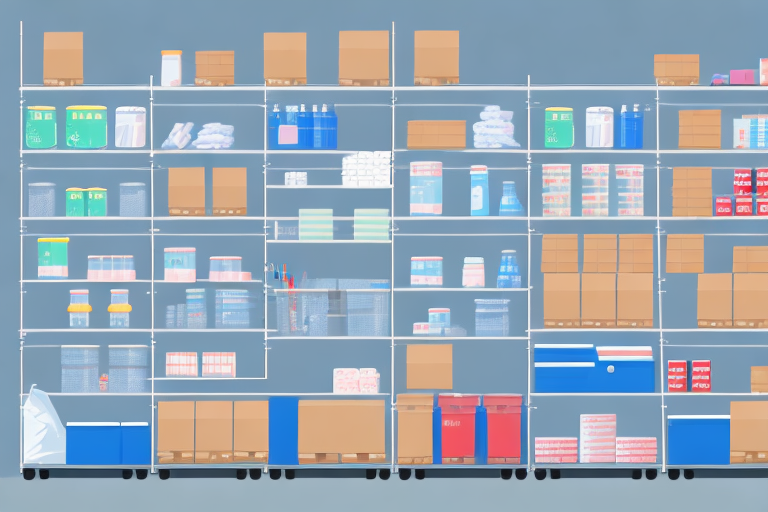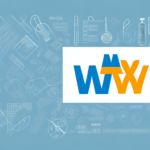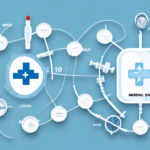Optimizing Logistics for Medical Supplies
Understanding the Importance of Efficient Medical Supply Logistics
Efficient management of medical supplies is essential for healthcare providers to deliver high-quality patient care while managing costs effectively. Proper logistics ensure that hospitals and clinics maintain adequate stock of medical devices, equipment, and consumables without overstocking, which can lead to wastage and increased expenses.
According to a World Health Organization report, efficient supply chain management can significantly reduce stockouts and enhance patient outcomes by ensuring timely availability of necessary medical supplies.
Challenges Faced by Healthcare Providers
Inefficient logistics can result in stockouts of critical medical supplies, compromising patient care and increasing healthcare costs. Overstocking, on the other hand, leads to wastage and inflated expenses. Additionally, poor inventory visibility and delayed deliveries can hinder the ability of healthcare providers to respond effectively to patient needs.
Environmental impacts, such as increased carbon emissions from excessive transportation and packaging, further exacerbate the challenges, emphasizing the need for sustainable logistics practices.
The Impact of COVID-19 on Medical Supply Chains
The COVID-19 pandemic has highlighted the vulnerabilities in global medical supply chains. Sudden spikes in demand for personal protective equipment (PPE) and medical devices resulted in widespread shortages, forcing healthcare providers to seek alternative suppliers and manage inventory more strategically.
A study by the National Institutes of Health indicates that the pandemic has accelerated the need for supply chain resilience, prompting healthcare organizations to diversify their supplier base and increase inventory reserves.
Strategies for Optimizing Medical Supply Logistics
Analyzing Current Supply Chain Models
Healthcare providers should conduct comprehensive analyses of their supply chain processes, from procurement to distribution. Utilizing methodologies like Six Sigma can help identify inefficiencies and implement targeted improvements.
Integrating advanced analytics tools can forecast demand more accurately, track inventory levels in real-time, and optimize distribution routes, thereby enhancing overall supply chain efficiency.
Streamlining the Procurement Process
Implementing e-procurement systems automates purchasing activities, reducing cycle times and enhancing supplier relationships. Centralizing procurement operations can further streamline processes, ensuring consistency and leveraging bulk purchasing for better pricing.
Developing Reliable Inventory Management Systems
A robust inventory management system is crucial for tracking inventory levels, monitoring usage patterns, and preventing stockouts. Technologies such as barcoding and RFID can provide real-time visibility, while just-in-time (JIT) inventory systems minimize excess stock and reduce waste.
Leveraging Technology and Data Analytics
Implementing Advanced Technologies
Adopting technologies like RFID and mobile inventory applications enhances the ability to track medical supplies throughout the supply chain. These tools reduce the likelihood of lost or misplaced items and enable healthcare providers to manage their inventories more effectively from any location.
The Role of Data Analytics
Data analytics plays a pivotal role in optimizing medical supply chains by identifying trends, forecasting demand, and optimizing inventory levels. Machine learning algorithms can analyze large datasets to predict future needs, allowing for more accurate inventory management and procurement planning.
Future Trends in Medical Supply Chain Management
The future of medical supply chain management is set to be transformed by technologies such as blockchain, which can improve transparency and data sharing across the supply chain. Artificial intelligence and machine learning will further enhance inventory management and demand forecasting, while 3D printing technology may enable on-site production of medical devices, reducing lead times and logistical complexities.
According to a report by McKinsey & Company, these advancements will lead to more resilient and efficient supply chains capable of adapting to future challenges.
Best Practices and Case Studies
Successful Implementations
Several healthcare institutions have successfully optimized their supply chains. For example, a hospital in Minneapolis adopted lean management principles, achieving a 40% reduction in inventory levels and a 30% decrease in purchase order processing times.
Another hospital in New York implemented a vendor-managed inventory system, resulting in a 70% reduction in stockouts and a 25% increase in inventory turnover rates.
Overcoming Supply Chain Challenges
To address challenges such as data transparency and supplier dependency, healthcare providers should foster collaborative relationships with all stakeholders. Strategic partnerships with suppliers and distributors can enhance supply chain flexibility and efficiency, ensuring that providers can respond swiftly to changing demands.
Conclusion: The Importance of Continuous Improvement
Optimizing logistics for medical supplies is vital for healthcare providers to deliver quality patient care while managing costs effectively. By adopting best practices, leveraging advanced technologies, collaborating with stakeholders, and utilizing data analytics, healthcare organizations can enhance their supply chain efficiency and resilience.
Continuous improvement in supply chain management not only improves patient outcomes but also ensures that healthcare providers can adapt to future challenges and maintain operational excellence.




















